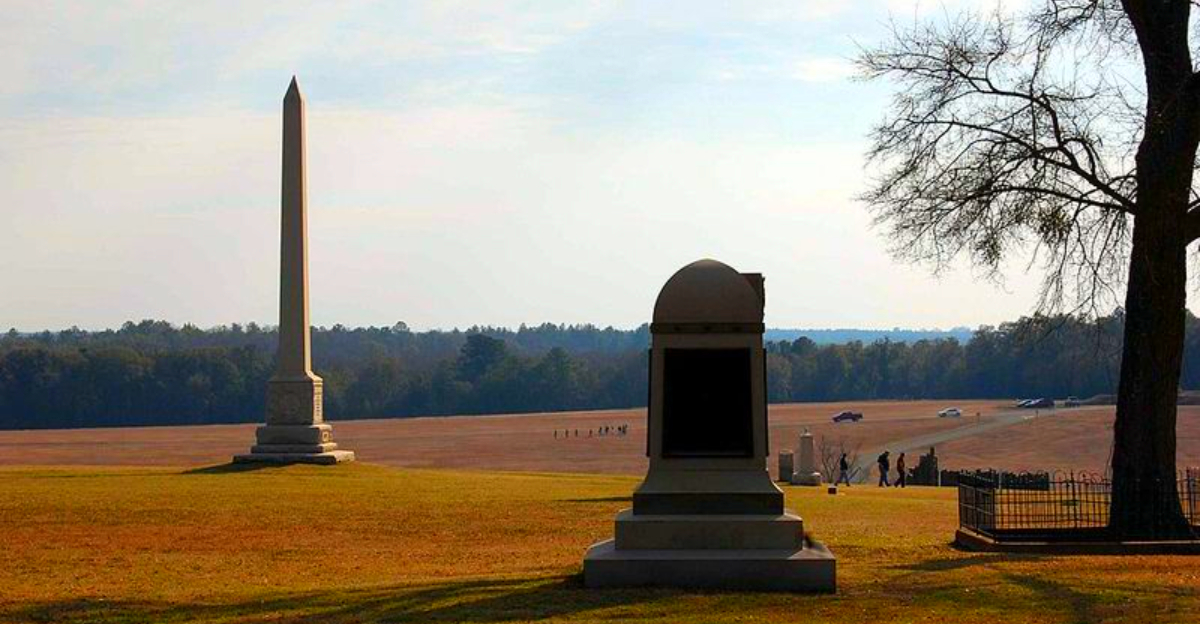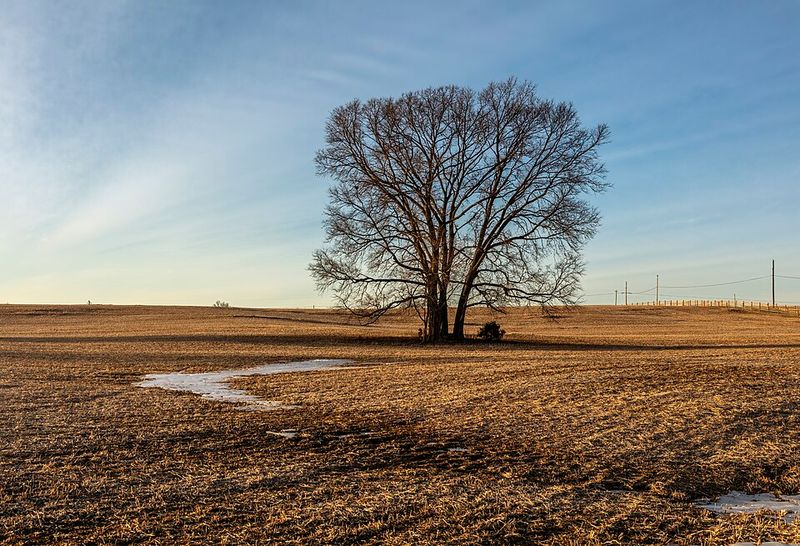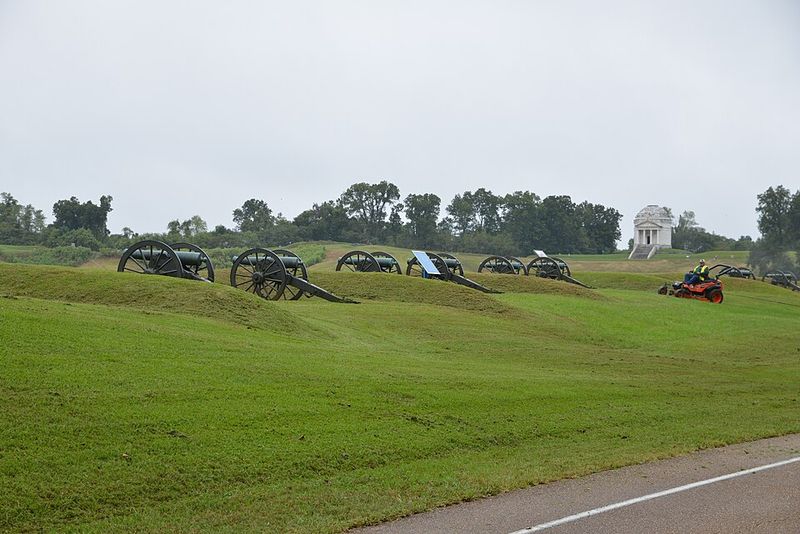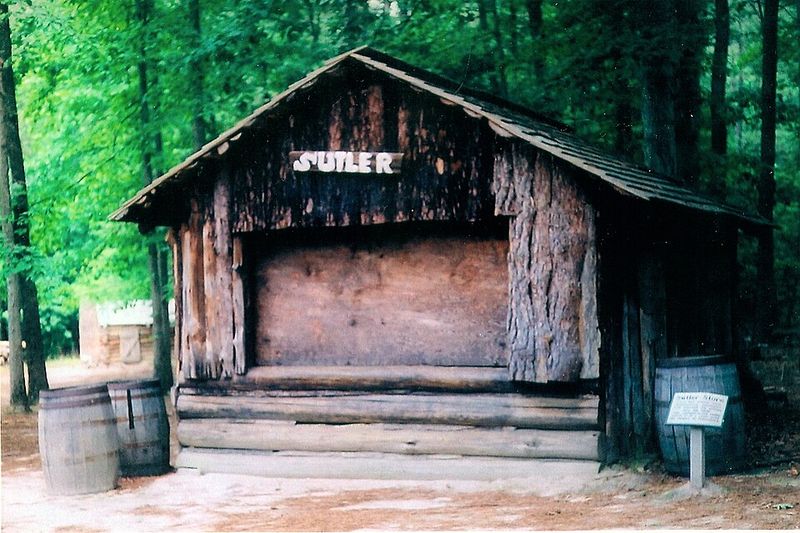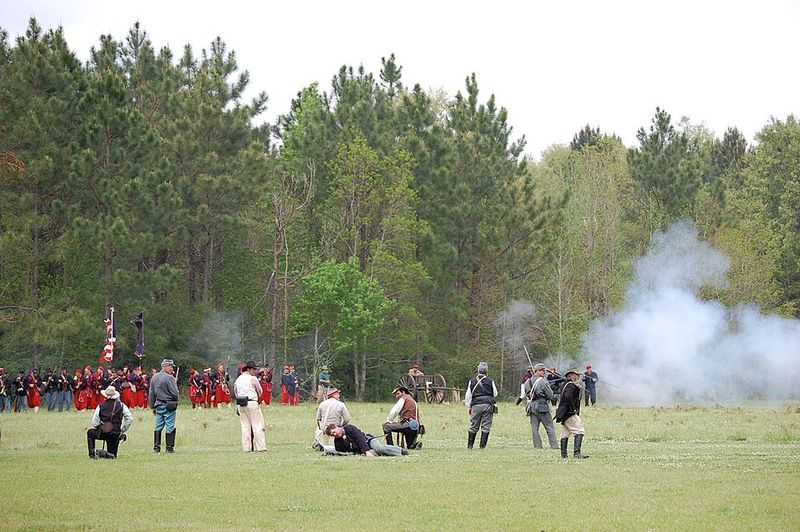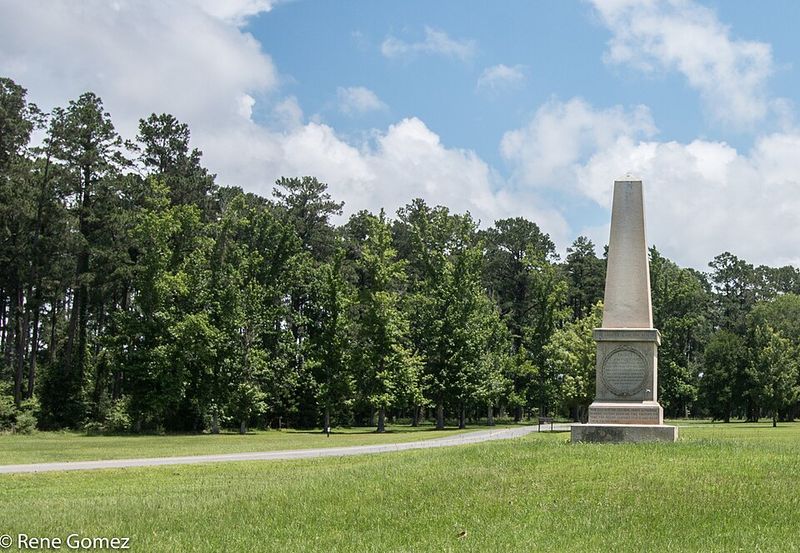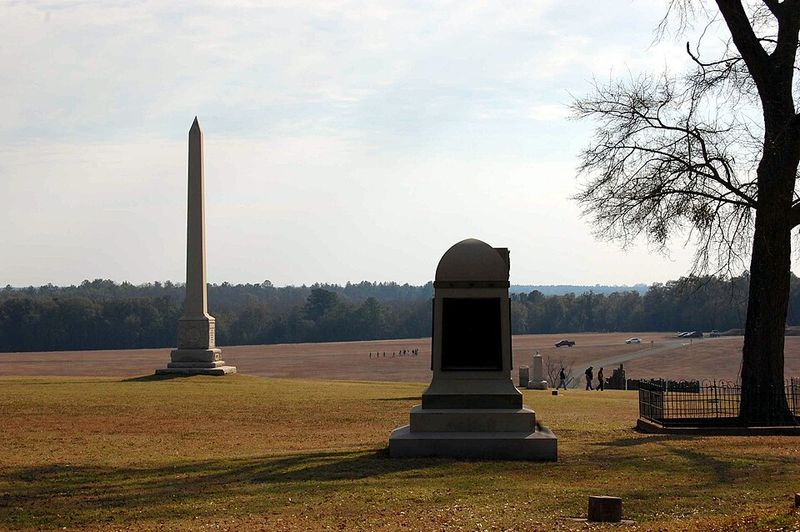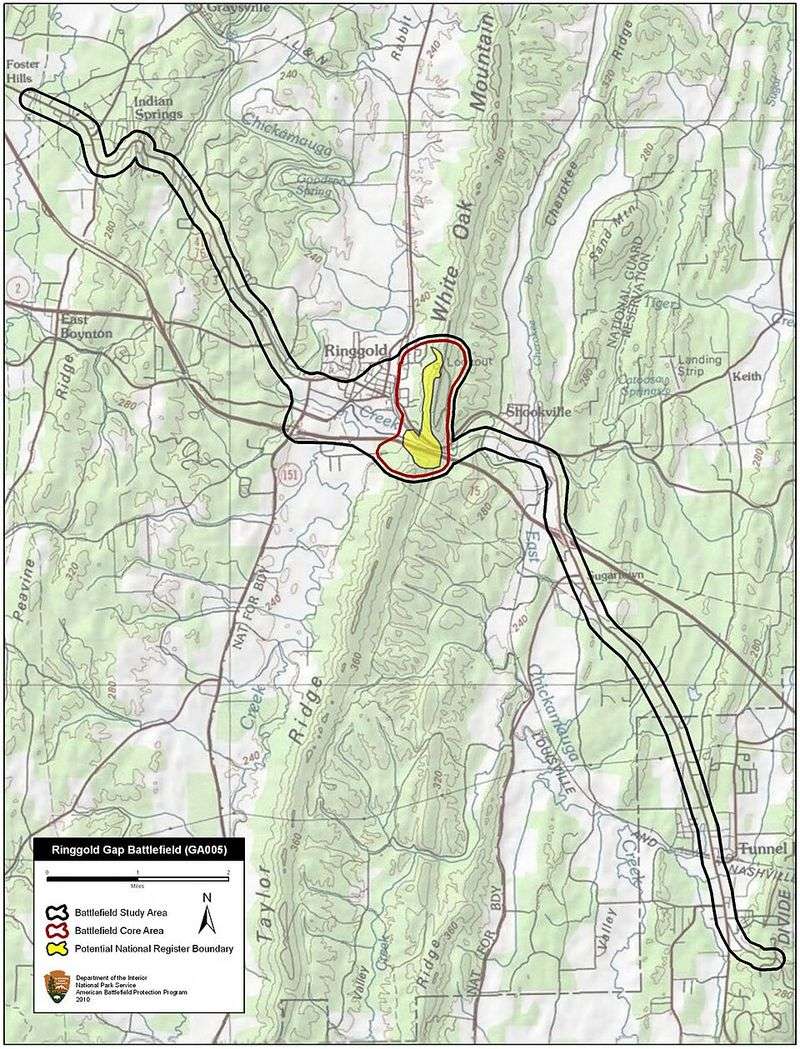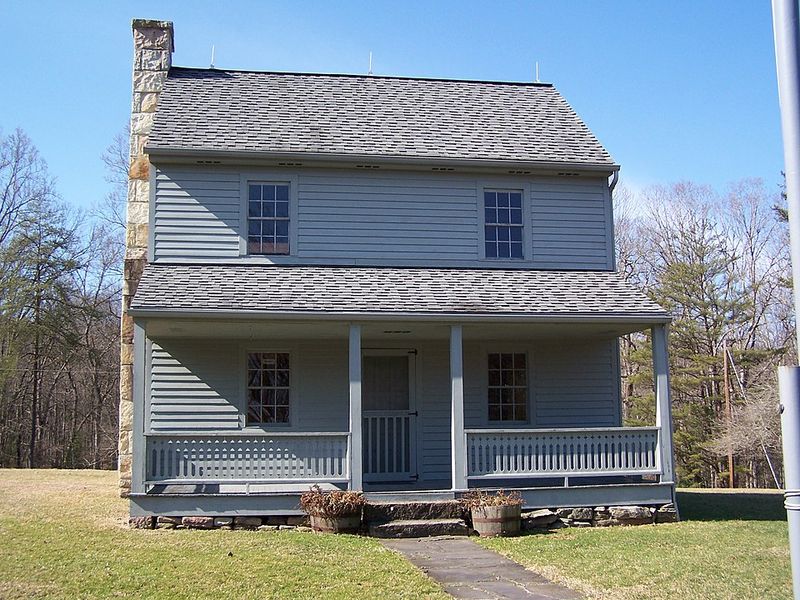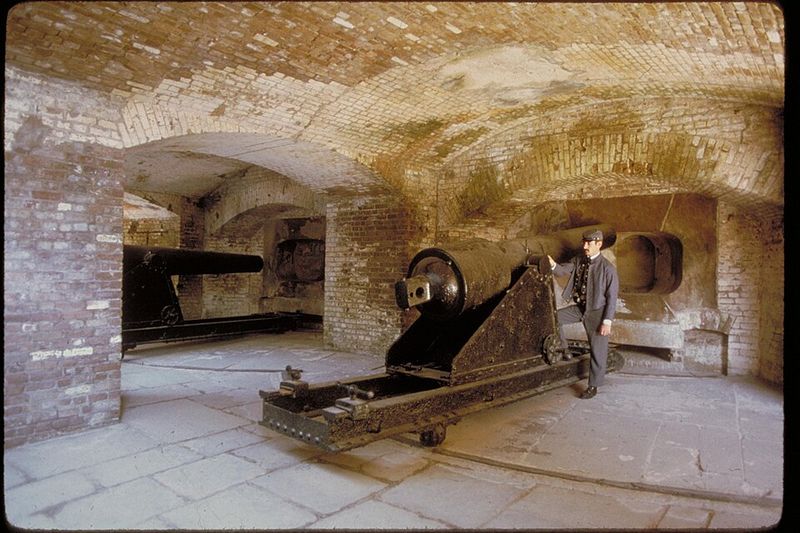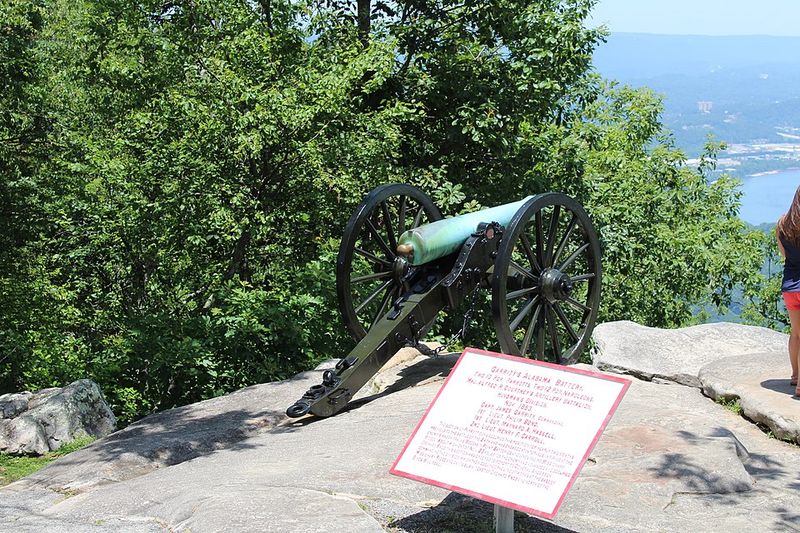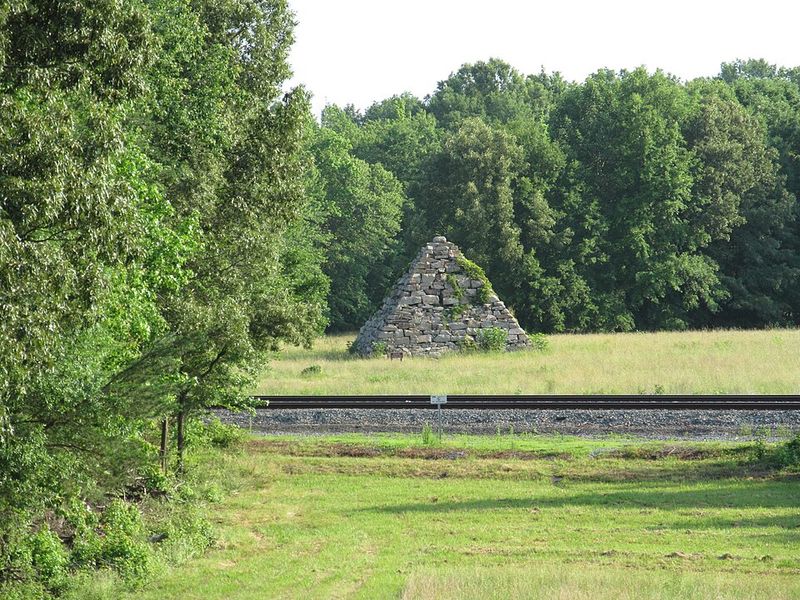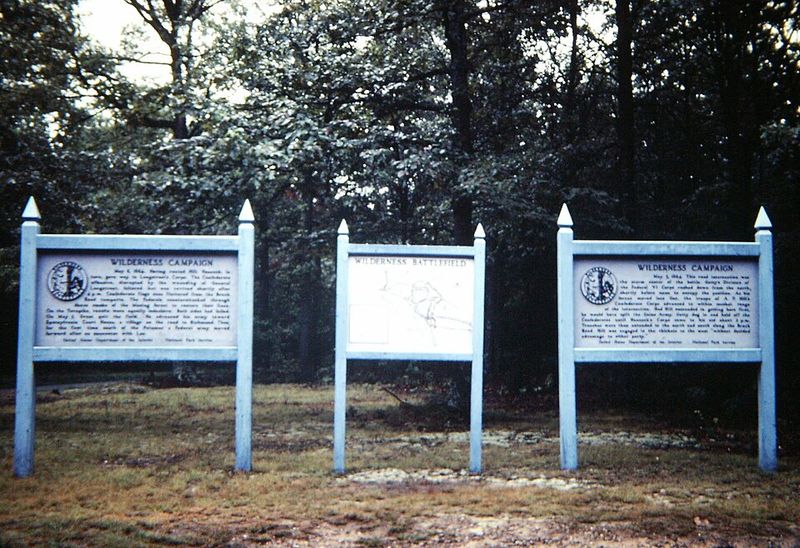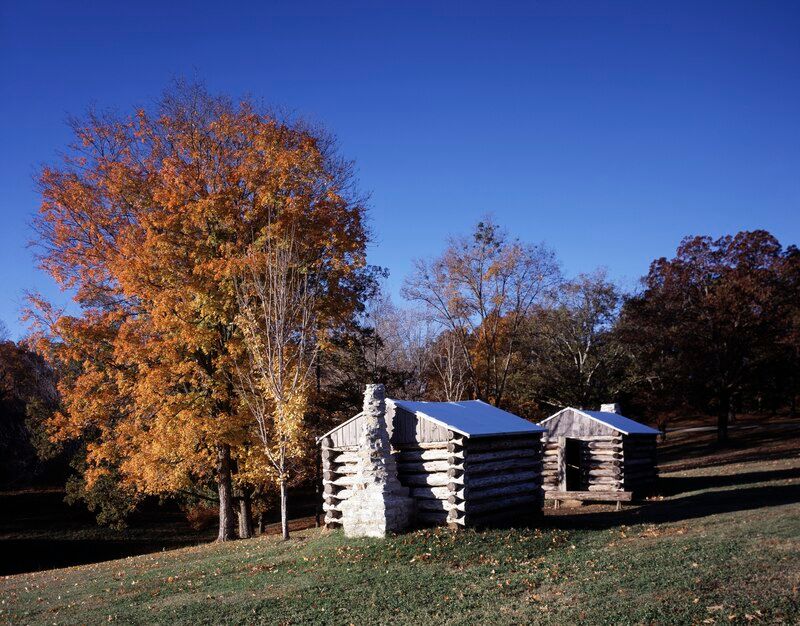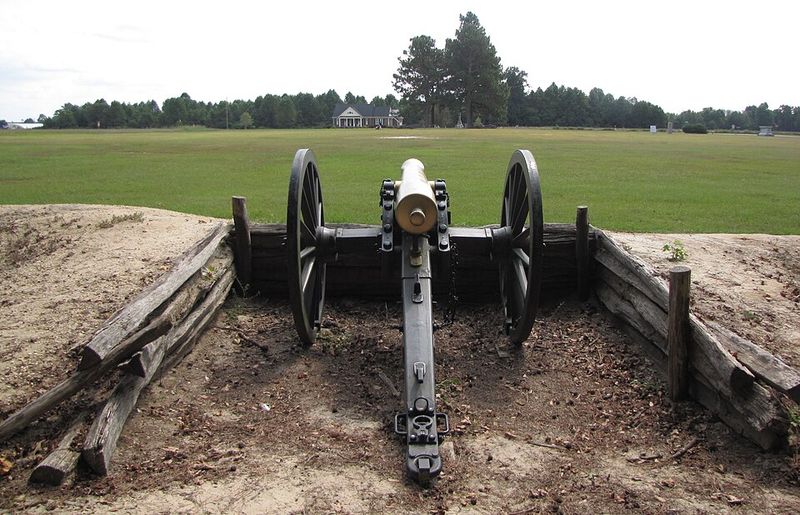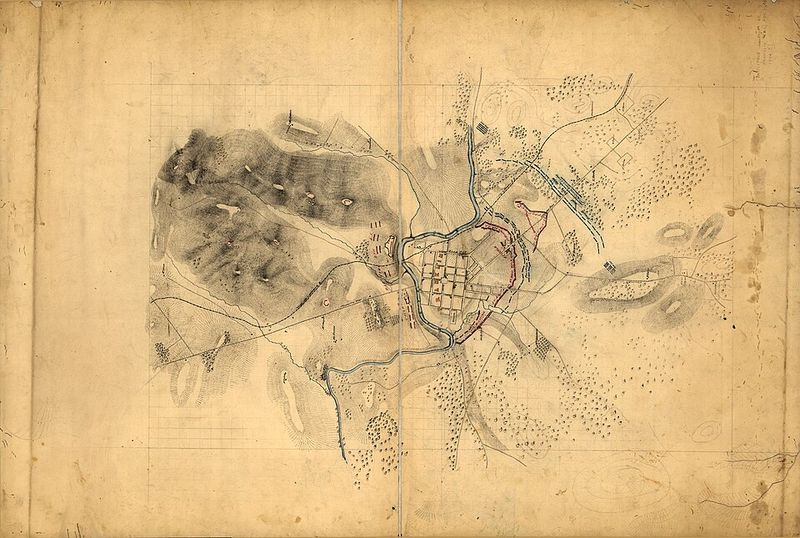America’s Civil War battlefields are outdoor classrooms – and they’re changing faster than most visitors realize. Erosion, suburban growth, limited budgets, and shifting access rules all threaten the landscapes that shaped pivotal moments in our history. This guide spotlights 18 sites you can still visit now, with practical tips and urgent reasons to go soon. If you’ve ever wanted to walk the ground where the war’s fate turned, consider this your nudge to plan a respectful, timely trip.
1. Gettysburg National Military Park (Pennsylvania)
Gettysburg’s fields still speak, from Seminary Ridge to Little Round Top. This July 1863 battlefield witnessed unimaginable sacrifice and later hosted Lincoln’s immortal Address, echoing across American memory. Yet even here, preservation is a race: private inholdings, evolving land uses, and ongoing restorations remind us authenticity isn’t automatic. Go early for quiet reflection and to beat crowds; the morning light clarifies lines of attack and defense. Walk Pickett’s Charge, pause at the National Cemetery, then explore the museum for context. The American Battlefield Trust highlights continuing threats – proof that vigilance, donations, and respectful visits keep the past present.
2. Antietam National Battlefield / Miller’s Cornfield (Maryland)
Antietam’s Cornfield still chills the soul – September 17, 1862, the bloodiest single day in American military history. The fields, lanes, and bridges are protected, yet access can vary as agriculture and conservation shape how visitors move through the landscape. Plan ahead, then drive the audio tour to frame the Cornfield, Sunken Road, and Burnside Bridge with careful interpretation. Stand quietly and notice the distances that decided so many lives. What endures here is not spectacle but clarity about cost. Your presence supports preservation, ranger programming, and the delicate balance between working land and a nation’s memory.
3. Vicksburg National Military Park (Mississippi)
Vicksburg’s heights controlled the Mississippi, and Grant’s siege tightened until surrender reshaped the war. Today, changing river dynamics and erosion subtly rewrite the battlefield’s contours, while vandalism occasionally scars rock faces. Start at the visitor center to decode the siege’s chessboard of ridges and ravines, then trace the tour road to monuments and the restored USS Cairo. Pause at overlooks to grasp why artillery dominated here. Preservation teams fight gravity, weather, and time to keep this story legible. Your respectful visit – and attention to posted rules – helps ensure these battered bluffs still teach future generations how victory was won.
4. Petersburg National Battlefield (Virginia)
Petersburg stretched the war into grueling trench combat, culminating in a final break of Confederate lines. Suburban growth and changing land use press on its margins, and some features are easy to miss without a good map. Make Five Forks your anchor: interpretive stops outline movements that decided Richmond’s fate. Then walk quieter earthworks to feel the grinding months soldiers endured. Preservation here means buffering the past from modern encroachment – parcel by parcel. Your awareness, patronage, and patience with understated signage keep this landscape readable. Come ready for quiet walking, careful wayfinding, and a powerful, cumulative understanding.
5. Port Hudson State Historic Site (Louisiana)
Port Hudson’s siege tested endurance – and marked a milestone as African-American troops fought under Black field leadership. Trails wind past earthworks that still hold the imprint of months-long struggle. Because the site is less visited, funding can be fragile and amenities vary; call ahead, then join a guided tour if offered. Walk slowly to read the terrain: where ravines shielded advances, where artillery spoke. The story here is courage against attrition. Your visit supports caretakers who balance ecology and history, keeping a vital chapter accessible to those willing to look closely and honor the ground’s quiet testimony.
6. Mansfield State Historic Site (Louisiana)
At Mansfield, April 1864 saw the Red River Campaign seize and slip away in a day’s violent turn. Development once put this field on endangered lists, a reminder that victory in preservation is never final. Today, a ¾‑mile trail ties key points together – bring water, sturdy shoes, and time to absorb the sequence. Visit the museum to place commanders, terrain, and logistics in context. Beyond the plaques lies a living landscape whose edges remain vulnerable. By walking it thoughtfully and supporting the site, you help secure the breathing room history needs to remain legible amid modern change.
7. Camp Nelson National Monument (Kentucky)
Camp Nelson was lifeline and launchpad: a Union supply base that became a refuge and recruiting hub for African-American soldiers and families seeking freedom. As a newer, lesser-known national monument, it relies on informed visitors and local advocacy. Start at the museum, then walk to the cemetery to honor the U.S. Colored Troops whose service shifted the war’s trajectory. Trails and earthworks reveal logistics behind victory – depots, rail, roads, and resolve. Lower visibility can mean leaner budgets; your ticket, feedback, and word-of-mouth make a difference. Come to learn, reflect, and carry the story forward.
8. Andersonville National Historic Site (Georgia)
Andersonville confronts the human cost of captivity. Thousands died here, and the site now anchors the National Prisoner of War Museum, connecting Civil War suffering to later conflicts. Preservation is challenging: stark spaces, heavy stories, and limited resources ask visitors for patient attention. Plan extra time for the museum and walk the grounds slowly to sense scale and scarcity. Monuments memorialize units and individuals, but silence carries much of the meaning. Support staff, follow guidelines, and leave no trace; the integrity of this memorial landscape depends on collective care and a willingness to remember hard truths.
9. Ringgold Gap Battlefield (Georgia)
Ringgold Gap, a sharp November 1863 engagement, rewards visitors who prepare. Small “pocket battlefield” sites like this face development pressure and sparse signage, so bring a GPS and reliable map. The terrain explains the action: a constricted gap where delaying tactics shaped pursuit and withdrawal. Look for markers tucked into roadside pull-offs, and travel carefully. Because this is a lighter-visited site, respectful behavior and thoughtful parking matter. Your presence signals public interest, which can influence funding and protection. It’s a short stop with outsized insight into how geography steers outcomes on the battlefield.
10. Carnifex Ferry Battlefield State Park (West Virginia)
Carnifex Ferry’s 1861 clash helped secure Union control in western Virginia, now West Virginia. Today, wooded trails and Gauley River overlooks blend scenery with early-war history. Lower visitation can mean leaner preservation dollars; spending time at the museum and nearby lodging helps. Hike the loop trails to trace movements and viewpoints, then linger at interpretive stops for context. This quiet park proves not all pivotal ground is crowded. You’ll leave with a cleaner sense of 1861’s uncertainties and a reminder: protecting lesser-known sites requires steady, local support – and visitors who value calm, careful exploration.
11. Fort Sumter National Monument (South Carolina)
Where the first shots boomed in April 1861, Fort Sumter remains both symbol and lesson. Coastal exposure brings hurricanes, salt, and erosion, while ferry schedules and weather govern access. Book early, check conditions, and build flexibility into your day. The fort’s museum interprets the bombardment and broader secession crisis; on site, brickwork and gun emplacements tell the rest. Sea and time gnaw at everything here, so preservation is a perpetual effort. By traveling respectfully – packing out trash, heeding staff, and supporting partners – you help keep this gateway to the war accessible for the next generation of learners.
12. Chickamauga & Chattanooga National Military Park (Georgia/Tennessee)
Chickamauga and Chattanooga span ridges, river, and valleys where 1863 fortunes shifted violently. The park’s sheer size is a strength and a challenge: remote corners receive less maintenance and fewer visitors. Use the official driving tour to connect dispersed highlights, then climb a tower or ridge to read the ground at scale. Monuments and markers thread through woods and fields – carry a map. Threats arise at edges where modern development rubs against history. Your patient, well-planned visit supports a vast classroom whose topography still explains how armies moved, collided, and learned hard lessons about command and terrain.
13. Fredericksburg & Spotsylvania National Military Park (Virginia)
Multiple battlefields – Fredericksburg, Chancellorsville, the Wilderness, and Spotsylvania – compose this sprawling park of repeated struggle. Urban sprawl presses its seams, fragmenting sightlines and complicating stewardship. Allocate two days if you can, dividing time among sectors with focused walks. The Sunken Road, the Bloody Angle, and Jackson’s Flank March carry powerful lessons when paired with ranger talks. Bring a book or map; interpretation varies across zones. Your visit, spread across sites, supports holistic preservation and keeps the narrative stitched together. These grounds demonstrate how strategy, politics, and population centers collide on the doorstep of a nation’s capital.
14. Wilderness Battlefield (Virginia)
The Wilderness swallows you – just as it confused soldiers in May 1864. Thick underbrush and second-growth forest obscure historic vistas, making ranger-led walks especially useful. Fire, smoke, and close-quarters combat defined this place; today, the challenge is interpretive clarity as vegetation returns. Walk slowly, read every marker, and use a detailed map to connect actions. Preservation means balancing ecology with history, keeping key corridors open where possible. Your care on trails protects fragile earthworks under the leaf litter. Come ready to imagine chaos at close range – and to appreciate how easily landscapes reclaim human scars.
15. Shiloh National Military Park (Tennessee)
Shiloh’s serenity belies April 1862’s ferocity and 23,000 casualties. The rural setting preserves soundscapes and sightlines – but can mean fewer visitors and thinner revenue for long-term care. Start at the visitor center for orientation, then trace the Hornet’s Nest, Pittsburg Landing, and Shiloh Church. Monuments mark unit positions that clicked into place like gears. Combine with Corinth Interpretive Center to see the wider campaign. Respect earthworks and stay on paths; subtle features are easily damaged. Your time and support help ensure this early, decisive clash remains legible, teaching how raw armies learned hard lessons about coordination and resilience.
16. Fort Donelson National Battlefield (Tennessee)
At Fort Donelson, February 1862 cracked Confederate defenses and opened the Cumberland River to Union thrusts. Some peripheral parcels remain private and at risk, underscoring how fragile battlefield boundaries can be. Begin at the visitor center, then walk the river batteries to sense ironclad duels. Ask for the river walking trail – its quiet perspective frames the campaign’s logistics. Preservation partners work to knit together pieces of the story as land changes hands. Your respectful visit adds weight to their case: that landscapes of decision deserve protection, not just plaques. Go soon, tread lightly, and lend your voice to stewardship.
17. Bentonville Battlefield State Historic Site (North Carolina)
Bentonville was the largest remaining intact battlefield of the eastern theater and one of the war’s final major clashes. Much is preserved, but state funding and volunteer energy are the glue that keeps it whole. Visit during living-history events if you can; otherwise, tour driving stops, then walk the core fields to grasp maneuver and counterattack. Respect farm-adjacent roads and posted limits. Here, authenticity is space – big, continuous space—and that’s expensive to safeguard. Your visit, donations, and mindful conduct help keep these acres intact, so future visitors can read the battle in the open lines of the land.
18. Franklin Battlefield / Eastern Flank (Tennessee)
Franklin’s November 1864 carnage unfolded in what’s now a fast-growing city. Preservationists have reclaimed key ground, but development long ago fragmented the field. Walk the Eastern Flank park for spatial context, then visit Carter and Lotz Houses for searing detail. Edges remain vulnerable, making visitation and support vital. Interpretive signs stitch together movements where neighborhoods now stand. Come with a good map and patience; the story is powerful, if dispersed. Your presence underscores that these parcels aren’t just green space – they’re chapters of national memory rescued, piece by piece, from asphalt and time.
